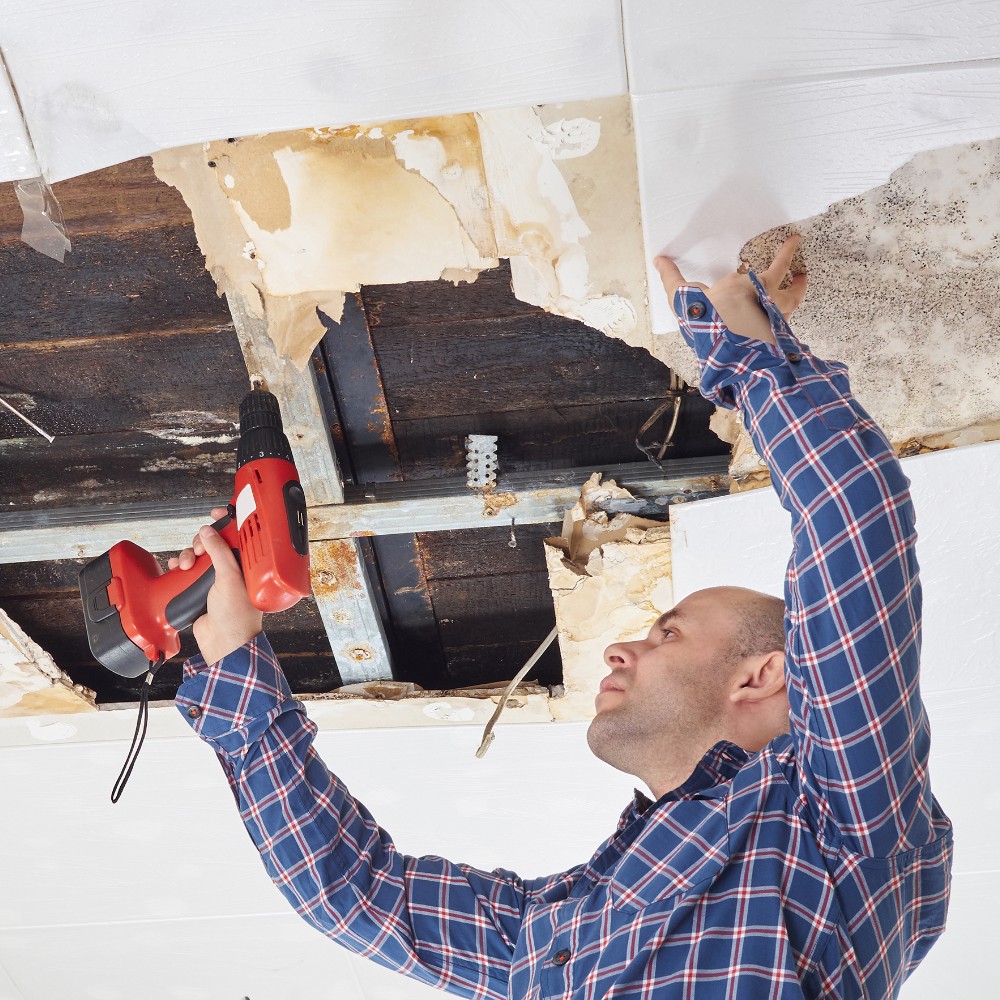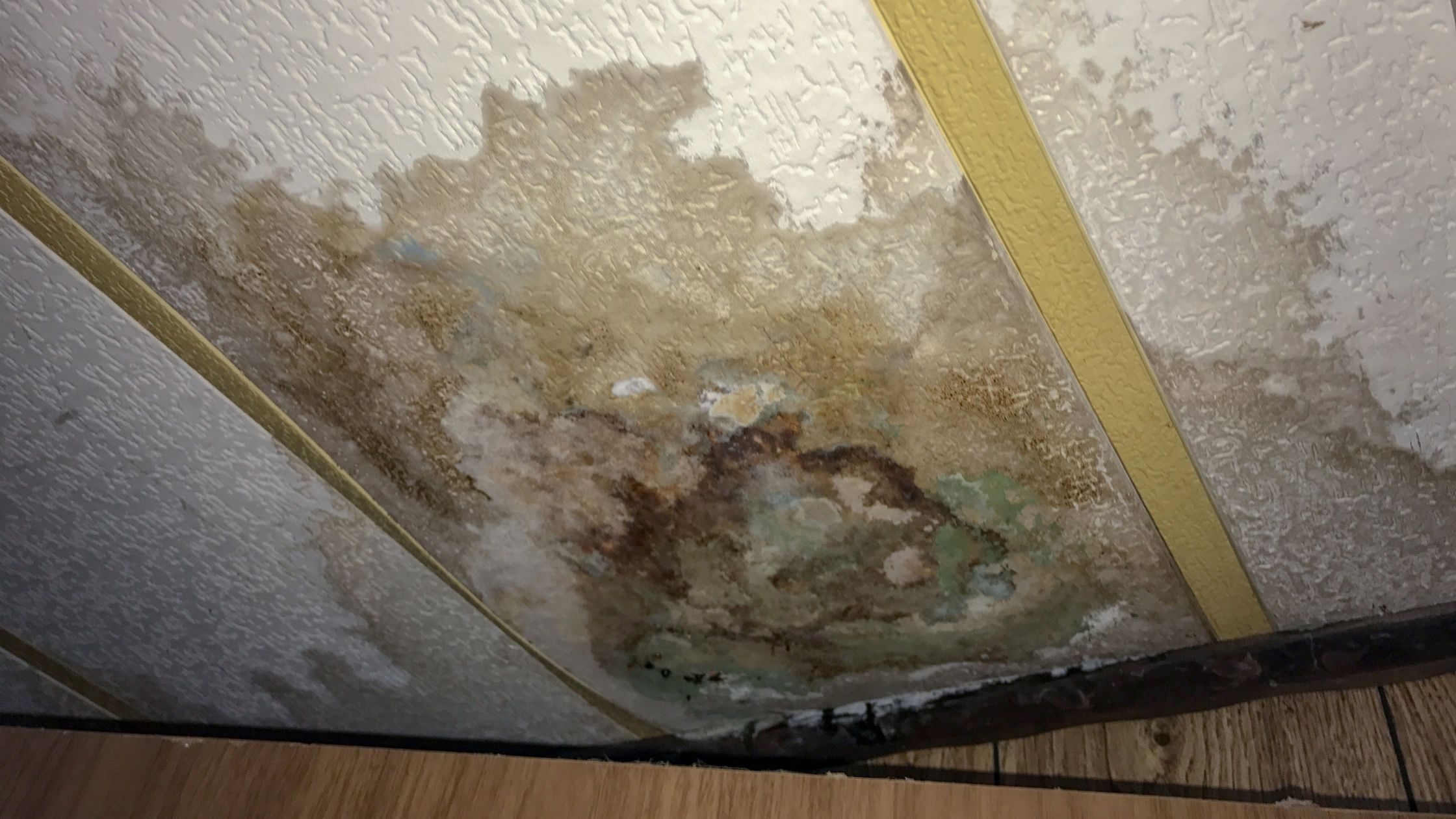The Process of Water Damage Cleanup: Guaranteeing Your Home Is Brought Back Successfully
Water damages can be a daunting obstacle for home owners, demanding a structured and meticulous cleaning process to recover safety and security and capability. A comprehensive assessment is important to determine the extent of the damage and determine the proper remediation steps. Following this, effective water extraction methods play a critical duty in mitigating additional damage. Nonetheless, the subtleties of drying, sterilizing, and ultimate restoration are just as important and frequently overlooked. Recognizing these stages can make a considerable distinction in the end result of your home's repair, prompting a closer take a look at what each action involves.
Examining the Damage
Upon discovering water damage, the primary step is to extensively analyze the degree of the impact. This initial analysis is vital, as it helps determine the needed actions for effective cleanup and restoration. Begin by examining the affected locations, including wall surfaces, ceilings, floorings, and personal items, to identify the resource of the water invasion, whether from flooding, leakages, or condensation.
Recording the damages is vital for both insurance coverage cases and intending reconstruction initiatives - damage restoration services. Usage pictures and composed notes to capture the seriousness of the damage, keeping in mind any afflicted structural components and materials. Pay unique interest to areas that may not be promptly visible, such as behind wall surfaces and under rugs, as hidden moisture can bring about more difficulties, including mold growth
Furthermore, analyze the timeline of the water direct exposure. The longer the products remain wet, the better the capacity for damage. Comprehending the duration of direct exposure will certainly educate the necessity of removal initiatives. Eventually, a detailed assessment prepares for an effective water damage cleaning procedure, guaranteeing that all impacted locations are addressed properly and thoroughly.
Water Removal Techniques

Professionals commonly use submersible pumps for bigger quantities of water, which can promptly ease flooding in cellars or other affected locations. For smaller sized amounts, wet/dry vacuums are frequently used to draw out residual dampness from rugs and tough surface areas. Additionally, making use of portable extractors permits for targeted elimination in restricted spaces or locations with delicate products.
In circumstances of infected water, such as sewer or floodwater, progressed removal techniques might include the usage of biohazard tools to guarantee safety and compliance with health and wellness regulations. High-powered removal devices are crucial in reducing water retention in structural products, which can lead to mold development and architectural damage otherwise resolved quickly.
Eventually, the effectiveness of water removal strategies plays a critical role in the total success of the water damage cleanup process, laying the foundation for succeeding reconstruction initiatives.
Drying and Dehumidification
As soon as standing water has been efficiently drawn out, the next important stage in the water damage cleaning process is drying and dehumidification. This step is necessary to protect against more damage and mold and mildew growth, which can happen within 24 to two days in damp atmospheres.
To attain reliable drying, specific tools such as industrial-grade air moving companies and dehumidifiers is utilized. Air moving companies flow air throughout wet surface areas, improving evaporation prices, while dehumidifiers reduce humidity degrees airborne, advertising a favorable atmosphere for drying. The combination of these tools guarantees that dampness is drawn out from home furnishings, floors, and walls, enabling them to completely dry extensively.
It is essential to monitor the drying process very closely. Professionals commonly make use of dampness meters to analyze the wetness content in numerous products, guaranteeing that all affected locations reach appropriate dryness degrees. This precise technique aids to stop surprise moisture pockets that might lead to structural damage or unhealthy mold development.

Cleaning and Sterilizing
After the drying and dehumidification phase is total, the following important action in water damage cleaning is cleaning and sanitizing the affected areas. This procedure is critical to protect against the development of mold and mildew, germs, and various other microorganisms that flourish in wet atmospheres.
The cleaning stage usually includes eliminating any kind of particles, dirt, and impurities from surface areas making use of specialized cleaning up representatives. For difficult surfaces, a mix of soap and water or commercial cleaning products is usually employed. Soft materials, such as upholstery and carpets, might require a lot more comprehensive cleaning approaches, consisting of heavy steam cleaning or deep extraction strategies, to ensure complete hygiene.

Disinfecting complies with cleaning, using EPA-approved disinfectants to get rid of damaging microbes. This step is essential, specifically in areas that might have come right into call with floodwaters or sewage, as these resources can position major wellness dangers.
In addition, it is very important to address any type of continuing to be smells, which might need try these out using smell neutralizers or sophisticated strategies like ozone treatment. Correct cleansing and sterilizing not only restore the safety and security and health of your home but also prepared for effective remediation and repair work in subsequent phases of the water damages cleanup procedure.
Restoration and Repairs

Once the assessment is full, remediation efforts can begin. This normally entails repairing or changing broken products, making certain that all job follows neighborhood building regulations and standards. If drywall has been endangered, it will certainly need to be gotten rid of and changed with new material. Additionally, floor covering might call for similar attention, depending on the degree of water exposure.
It is crucial to engage experienced remediation experts throughout this procedure, as the original source they have the proficiency to take care of complex repair work effectively. They can assist alleviate possible future issues, such as mold and mildew development or architectural instability, therefore ensuring a habitable and safe living setting. Ultimately, effective reconstruction and repair work bring back the home's honesty and boost its total value.
Verdict
In final thought, the procedure of water damages cleanup is essential for bring back a home to its pre-damage condition. Each phase, from assessing the damages to carrying out reliable water removal techniques, adhered to by detailed drying, sterilizing, and required fixings, plays an important duty in making certain safety and security and conformity with structure standards. Effective execution of these steps not only mitigates immediate damages but additionally enhances the long-term stability and value of the property.
Water damages can be a challenging challenge for home owners, necessitating a thorough and structured clean-up procedure to restore security and functionality. Eventually, an extensive evaluation lays the groundwork for a successful water damages cleanup process, making sure that all affected locations are resolved successfully and completely.
Efficient water removal strategies are necessary in mitigating damages and protecting against more difficulties following a water intrusion occasion.In conclusion, the procedure of water damages cleaning is critical for restoring a home to its pre-damage condition. Each phase, from examining the damages to executing reliable water removal strategies, followed by detailed drying, sterilizing, and essential repair work, plays an important function in making sure security and conformity with building standards.